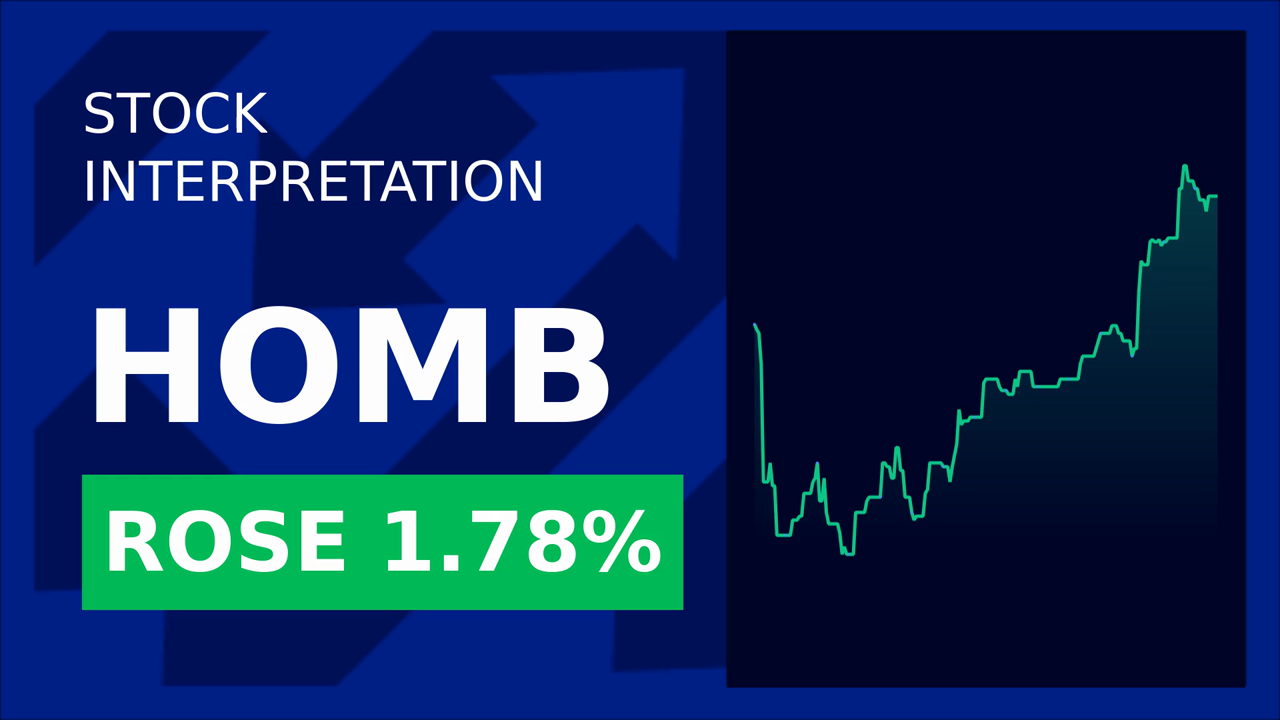Commerce Bancshares Extends 57-Year Dividend Streak with 7% Increase Amid Regional Growth
Commerce Bancshares, Inc. (NASDAQ: CBSH) has reaffirmed its reputation as a dividend stalwart with the announcement of a 7% increase to its quarterly cash dividend, marking the 57th consecutive year of dividend growth for the regional banking giant. The $0.275 per share payout, payable on June 24, 2025, reflects the company’s robust financial health, geographic diversification, and unwavering commitment to shareholder returns.

Dividend Details and Timelines
The dividend will be paid to shareholders of record as of June 6, 2025, with an ex-dividend date of June 4, 2025. This date is critical for investors: to qualify for the dividend, shares must be purchased before the close of trading on June 4. The increase from the prior adjusted dividend of $0.257 per share underscores management’s confidence in the company’s earnings trajectory.
Commerce Bancshares’ dividend policy is notable for its consistency. Over the past decade, the company has increased its dividend annually, even through economic cycles. A
Financial Strength Anchors Growth
The dividend hike is supported by strong first-quarter 2025 results. Earnings per share (EPS) rose to $0.98, a 19% year-over-year increase from $0.82 in Q1 2024. Net income surged to $131.6 million, up from $112.7 million in the prior year’s quarter. These figures align with the company’s $32.4 billion in total assets as of March 31, 2025, a 6% year-over-year growth.
Commerce Bancshares’ conservative financial metrics further bolster its dividend sustainability. With a payout ratio of 28.8%—well below the 60% threshold often cited as a sustainability benchmark—the company retains ample earnings to cover its obligations. A dividend cover ratio of 2.0 means profits could support twice the current dividend, a sign of fiscal prudence.
Regional Dominance and Strategic Expansion
Commerce Bancshares’ success hinges on its high-touch, localized banking approach, which combines 24/7 digital services with a physical presence in key markets. Its network spans over 400 branches across the Midwest, including St. Louis, Kansas City, and Denver, while its wealth management and commercial banking divisions serve major urban centers like Dallas and Houston.
The company’s geographic diversification has insulated it from regional economic shocks. For instance, its Midwestern markets—booming in sectors like agriculture and manufacturing—complement growth in energy-centric Texas. This balanced footprint, paired with a focus on small- and medium-sized businesses, positions Commerce Bancshares as a recession-resistant regional player.
Risks and Considerations
While the dividend increase is a positive sign, investors should monitor broader banking sector risks. Rising interest rates could compress net interest margins, though Commerce Bancshares’ asset-sensitive balance sheet may benefit from a steeper yield curve. Additionally, competition from digital-first banks and macroeconomic slowdowns pose headwinds.
The stock’s current 1.9% dividend yield—modest compared to some financial peers—reflects its premium valuation. A
Conclusion: A Dividend Dynamo with Steady Returns
Commerce Bancshares’ 57-year dividend growth streak is a testament to its conservative management and regional resilience. With a payout ratio under 30%, strong asset growth, and a network serving both urban and rural markets, the company is well-positioned to sustain its shareholder-friendly policies.
The $0.275 dividend and its 7% increase are not just a reward for investors but a signal of underlying strength. Backed by Q1 earnings that outperformed prior-year comparables and a dividend cover ratio of 2.0, Commerce Bancshares remains a low-risk, high-reliability holding for income-focused portfolios.
For those seeking stability in a volatile market, Commerce Bancshares’ blend of dividend discipline and geographic diversification makes it a compelling choice—one that has stood the test of time for over half a century.

_e68fac6d1749831664430.jpeg)

_a26960071749827470514.jpeg)






